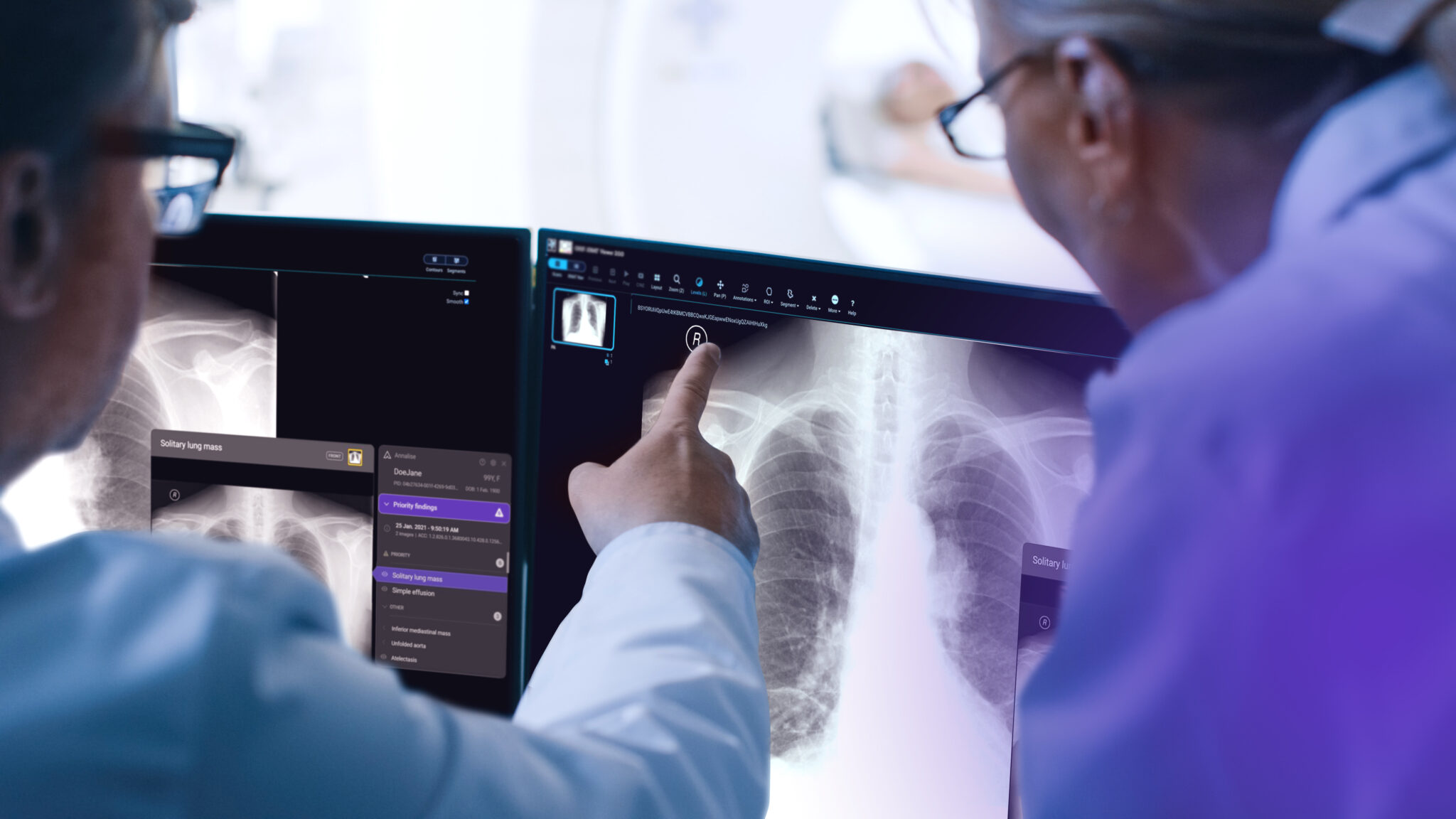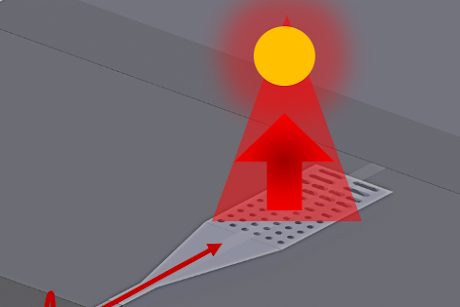How AI is Helping Mastercard, Siemens, John Deere
By AI Trends Staff AI is having an impact in business, government and healthcare. But nowhere is it having more impact than for the biggest companies with the most resources. Advantages big companies have include access to lots of data and funds to buy smaller companies with the expertise to do something innovative and profitable […]


By AI Trends Staff
AI is having an impact in business, government and healthcare. But nowhere is it having more impact than for the biggest companies with the most resources.
Advantages big companies have include access to lots of data and funds to buy smaller companies with the expertise to do something innovative and profitable with the data. Each company has had to decide on the best way to leverage AI for their business.

“The question is how do you use AI right or use it wisely,” stated Ed McLaughlin, Chief Emerging Payments Officer for Mastercard, at the recent EmTech Digital event on AI and big data, as reported in MIT Sloan Review. “The biggest lesson learned is how to take these powerful tools and start backwards from the problem,” McLaughlin stated. “What are the things you’re trying to solve for, and how can you apply these new tools and techniques to solve it better?”
Mastercard is very focused on fraud prevention, while it wants as many good transactions as possible to go through. Mastercard built a data platform that holds over two billion card profiles and performs analysis tuned for accuracy. Using 13 AI technologies and some rules-based tools, the system makes decisions within 50 milliseconds.
“We were able to have a three-time reduction in fraud and a six-time reduction in false positives using AI with that graded dataset,” McLaughlin stated.
Mastercard has been investing in AI for fraud protection for years. Its 2017 acquisitions of technology vendors Brighterion and NuData Security were strategic.
“In many cases, AI is fundamental to scaling and keeping up with the pace of the network transactions that are happening,” stated Sudhir Jha, a Mastercard senior vice president and head of Brighterion, in a 2020 account in PYMNTS. “It is one of the key components of our scale strategy in terms of how we want to differentiate and provide value to our customers around the world.”
The pandemic led to increased use of credit card transactions for online and app-based transactions, causing Mastercard to “double down” on handling risky merchants and risky transactions. Mastercard has used Brighterion’s technology to provide a fraud score for every transaction that occurs on its network, which comes in handy for anti-fraud efforts.
The company also uses AI for authentication. That allows the company to “decline transactions that need to be declined, but also to approve more transactions and provide a much better experience for our users,” Jha stated.
NuData uses biometrics and behavioral analysis to spot fraud. Additionally, Mastercard in 2015 launched the Safety Net tools to help banks fight cyber hackers.
‘Generative Design’ At Work, at Siemens Digital
In design, development, and manufacturing, AI is being applied to “generative design,” in which engineers input design goals along with parameters such as spatial requirements, materials, manufacturing methods and cost constraints. The software then generates design alternatives, tests them, and learns from each iteration what is working and what is not.
Siemens Digital Industries Software has been working on this approach and is starting to see positive results, in reduced manufacturing costs and improved product performance, according to Stefan Jockusch, former vice president, strategy for Siemens Digital, speaking at the EmTech event. (He now works for Philips.)
The supply chain breakdowns brought on by the pandemic rewarded those companies that could shift gears quickly. “What we have seen over the last year or so is that the winners are usually the ones that are very fast at adapting to new situations, including quickly delivering products that are urgently needed and adjusting their supply chains,” Jockusch stated.
In the future, AI and data can be combined in such a way to allow an engineer to specify a design for a drone that can carry a 1.2-lb camera, fly for three hours and not cost more than $250. The AI-driven software will search its knowledge base for a design that works, then automatically connect to an intelligent marketplace, where it can start sourcing components, identify manufacturers, and handle the bidding process.
“The basic technologies for this vision might be 10 or more years in the future, but the technologies are already helping to facilitate increasingly complex design jobs in a much faster and more reliable way,” Jockusch stated.
To further its AI goals, Siemens Digital recently announced an agreement to acquire the software company TimeSeries, which supplies vertical apps built on Siemens’ Mendix low-code platform. Siemens plans to extend into new apps such as smart warehousing, predictive maintenance, energy management and remote inspections.
“The addition of TimeSeries to Siemens will help our customers and partners get to value with low-code even faster,” stated Derek Roos, CEO and cofounder of Mendix, in a press release. Siemens acquired Merndix in 2018. “We pioneered a multi-billion software category,” Roos said at the time, referring to his company’s low-code software development platform.
John Deere’s Blue River Acquisition Working Out
In agriculture, John Deere is leveraging AI by helping farmers achieve plant-by-plant management. The company has integrated AI and computer vision into industrial machines such as sprayers and combines, which can detect in real time how crops are doing and initiate decisions. For example, the enhanced sprayer uses computer vision to recognize plants, then sprays herbicide on weeds and fertilizer on crops. As a result, less herbicide is used, which has economic and environmental benefits for farmers and the greater population.
“We can leverage AI, machine learning, and machine vision to be able to go through a field at a high level of productivity, while still helping farmers farm more profitably and sustainably,” stated Julian Sanchez, director of emerging technology for John Deere, at the MIT EmTech event. “We are managing every inch of the field, every plant, with the highest level of specificity possible. That’s the aim of precision agriculture.”
The basis of this solution is from Blue River Technology, a California startup that had combined machine learning AI and computer vision in agricultural machines, which John Deere acquired in 2017. Blue River had developed a “see and spray” technology that used a set of cameras fixed onto a crop sprayer and deep learning to identify plants.

“Blue River is advancing precision agriculture by moving farm management decisions from the field level to the plant level, ” stated Jorge Heraud, cofounder and CEO of Blue River, in a press release at the time of the acquisition. “We are using computer vision, robotics and machine learning to help smart machines detect, identify and make management decisions about every single plant in the field.”
Clearly, it helps that the big companies are able to acquire the smaller companies that have proved out the AI innovations of interest to the parent business. And good for the entrepreneurs and innovators that they earned a reward and are still making contributions.
Read the source articles and information in MIT Sloan Review, in PYMNTS, in a press release from Siemens Digital, and in a press release from John Deere.





































